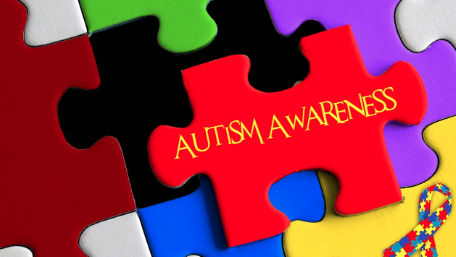School Advocacy gives insight into the process of establishing an Individualized Education Plan (IEP) for children with ASD. During this course, the eligibility process for special education is outlined in detail; from beginning to end. As well, helpful points of reference, information, and acronyms are addressed.








